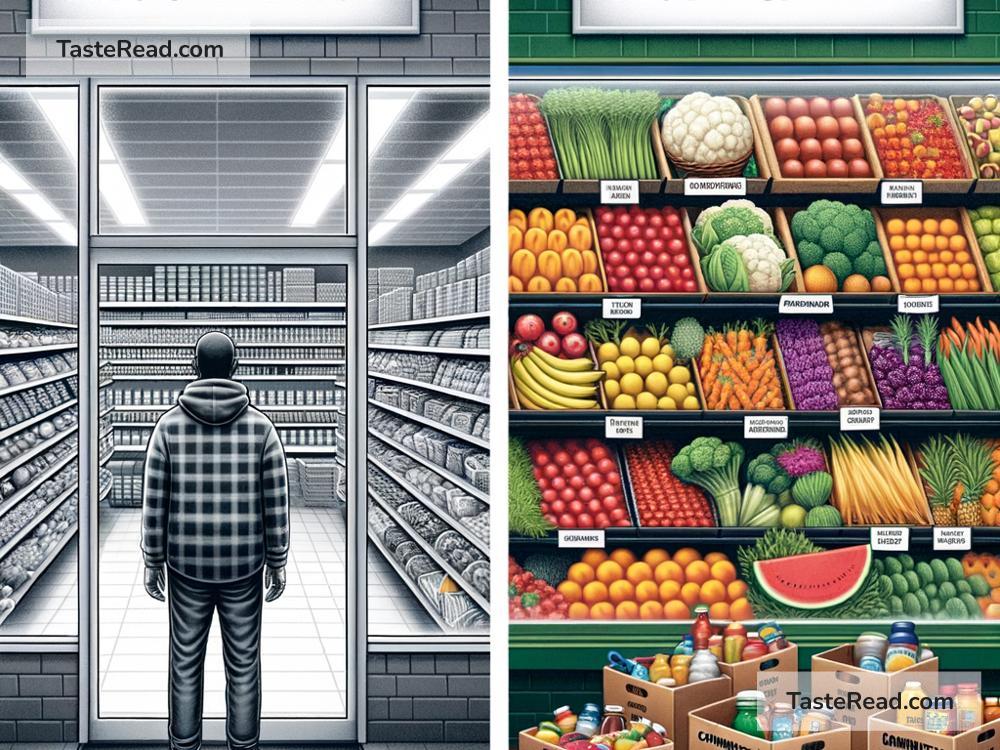The Impact of Food Distribution on Nutrition
Food is essential for everyone. It powers our bodies, keeps us healthy, and enables us to grow and thrive. But having access to nutritious food isn’t always easy. Across the world, millions of people lack access to the food they need to live healthy lives—not because there’s not enough food, but because of how it is distributed.
In this article, we’ll talk about how food distribution affects nutrition, why it matters, and what we can do to ensure everyone gets the food they need.
What Is Food Distribution?
Food distribution is how food gets from farms, factories, and producers to the people who eat it. After food is grown or made, it moves through different steps, such as packaging and transportation, before ending up on grocery store shelves or on people’s plates. Ideally, this system ensures everyone has access to the food they need. But in reality, it doesn’t always work that way.
Unequal Food Distribution
One of the biggest problems with food distribution is inequality. Some parts of the world or certain communities get plenty of food, while others go hungry. For example:
-
Wealthy countries vs. poor countries: In richer nations, grocery stores are full of food, and people often throw away leftovers. Meanwhile, in poorer countries, people struggle to find enough food to eat, and malnutrition is common.
-
Urban areas vs. rural areas: Cities usually have better access to supermarkets and fresh food, while people in small towns or villages may only find limited supplies. This makes it difficult for rural residents to eat a balanced diet.
-
Income disparities: Even within the same neighborhood, some people can afford high-quality, nutritious foods, while others rely on cheap, processed options.
This unequal distribution harms nutrition and can lead to serious health problems.
How Distribution Impacts Nutrition
The way food is distributed affects people’s ability to meet their nutritional needs. Poor food distribution can create problems such as:
-
Malnutrition: When people don’t get enough food, they miss out on important vitamins and minerals. Malnutrition can cause stunted growth, weakened immune systems, and developmental delays, especially in children.
-
Overnutrition: In places with easy access to food—especially unhealthy or high-calorie food—people can eat too much and develop problems like obesity, diabetes, and heart disease. This is common in wealthier countries where fast food and snacks are everywhere.
-
Food deserts: Some areas lack access to fresh, healthy food. These places, called “food deserts,” often only have small convenience stores with packaged and processed foods. People who live in food deserts may struggle to maintain a balanced diet.
-
Wasted food: Ironically, while some people lack food, tons of food go to waste every day. Poor distribution systems lead to food being thrown away because it isn’t sold or transported properly.
Factors That Affect Food Distribution
Many issues impact how food is distributed, including:
-
Transportation: Food needs to be transported from farms to markets quickly before it goes bad. If transportation is slow or expensive, certain areas might not get enough fresh food.
-
Storage: Food like fruits, vegetables, and dairy products need proper storage to stay fresh. If storage facilities are missing or poorly managed, food can spoil, creating shortages.
-
Cost: Fresh, healthy foods are often more expensive because they cost more to transport, store, and produce. This makes them harder for low-income families to afford, leaving them with less nutritious options.
-
Climate change: Droughts, floods, and extreme weather can reduce food production, making it harder to distribute enough food to all regions.
Why Fixing Food Distribution Matters
Fair food distribution is key to good nutrition and health. When everyone can access fresh, healthy food, they are less likely to get sick and more likely to lead productive lives. Good nutrition supports children in their education, adults in their work, and communities in their growth. It’s also important for fighting global challenges like poverty, hunger, and disease.
Solutions to Improve Food Distribution
Here are a few ways we can improve food distribution:
-
Investing in infrastructure: Better roads, transportation systems, and storage facilities can help food reach areas that need it the most.
-
Reducing food waste: Programs that rescue surplus food or encourage responsible consumption can help feed more people while avoiding waste.
-
Supporting local farmers: When local farmers have the tools they need to grow food, communities can rely less on distant supply chains and have more direct access to fresh food.
-
Government policies: Governments can introduce policies that make healthy food cheaper and more available, especially in low-income areas.
-
Education: Teaching people about food choices and nutrition can encourage healthier diets, even in places with limited options.
Conclusion
Food distribution plays a big role in nutrition. When food is shared fairly and efficiently, everyone has the chance to eat well and stay healthy. But when food distribution systems fail, it can lead to hunger, malnutrition, and even wasted food. By improving transportation, reducing waste, supporting local farmers, and creating fairer systems, we can ensure that nutritious food reaches those who need it.
Every step we take toward fair food distribution is a step toward a healthier, more balanced world. Let’s focus on creating systems where no one goes hungry and everyone can thrive.


